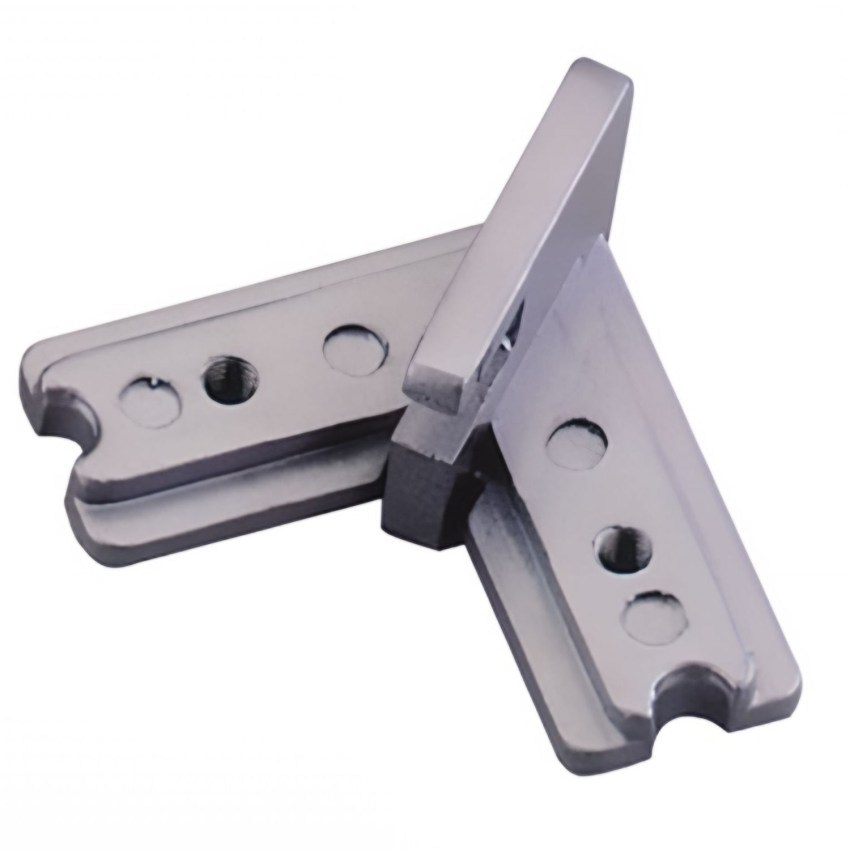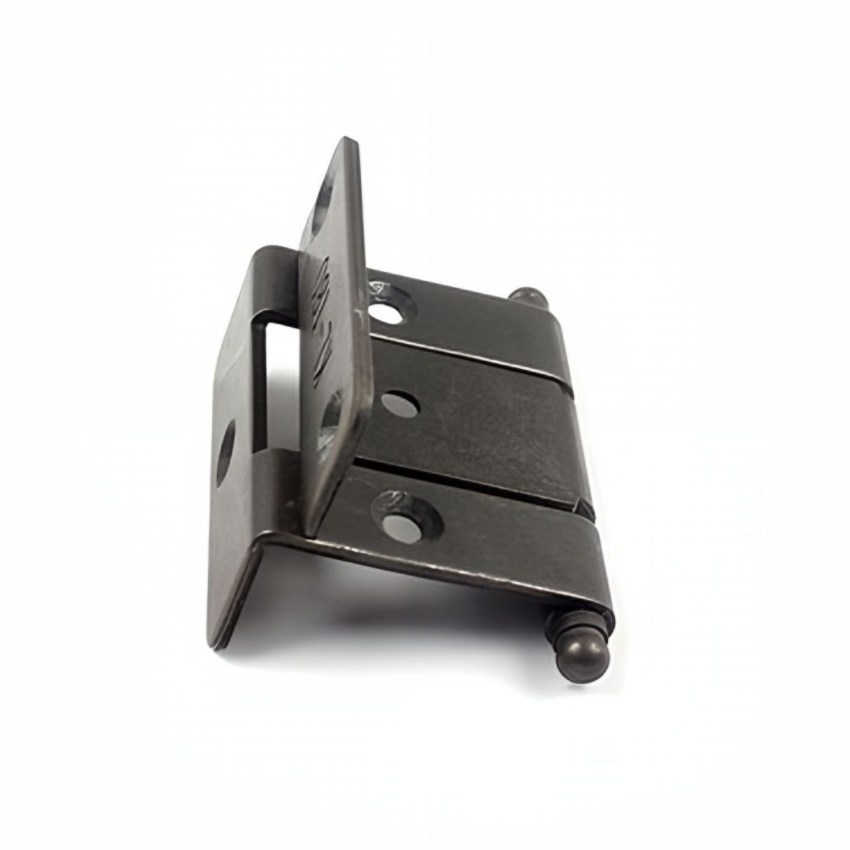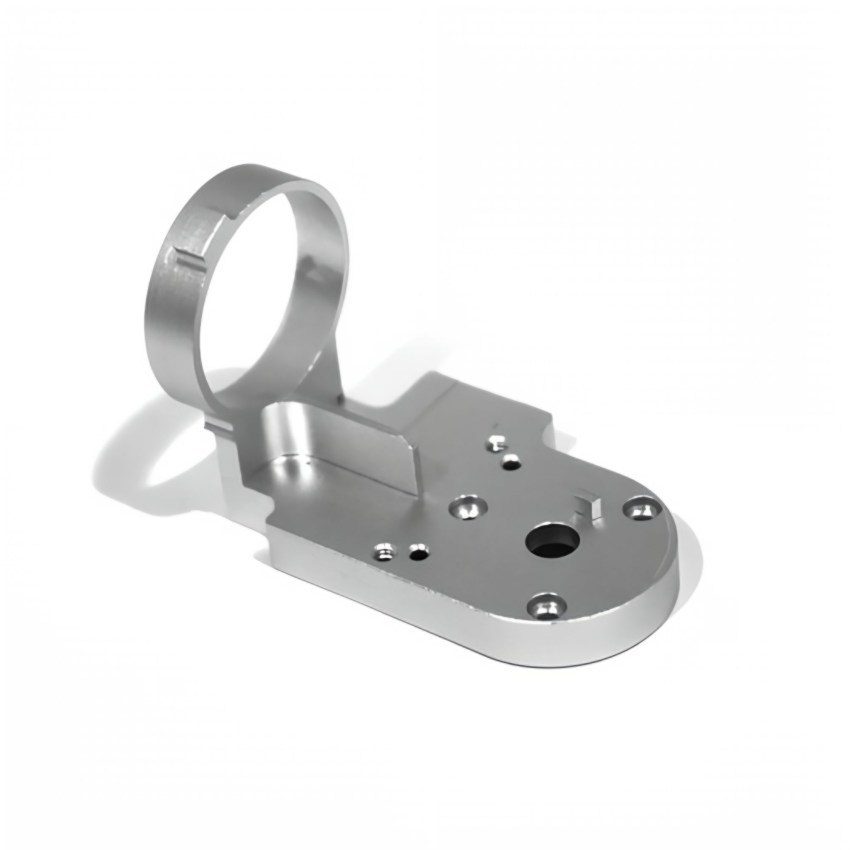Understanding Sheet Bending Machines: Key Insights for Professionals in Metal Fabrication
Release time:
2025-07-14
Sheet bending machines, also known as sheet metal benders, play a crucial role in the manufacturing and metalworking sector, particularly in the fabrication of components that require precise bends and angles. These machines are designed to convert flat sheets of metal into various shapes by applying force to bend the material along a predetermined line. Understanding the functionality and intrica

Sheet bending machines, also known as sheet metal benders, play a crucial role in the manufacturing and metalworking sector, particularly in the fabrication of components that require precise bends and angles. These machines are designed to convert flat sheets of metal into various shapes by applying force to bend the material along a predetermined line. Understanding the functionality and intricacies of sheet bending machines can significantly enhance operational efficiency and product quality.
There are primarily two types of sheet bending machines: mechanical and hydraulic. Mechanical sheet bending machines utilize a system of gears and levers to apply force, making them suitable for lighter materials and smaller applications. In contrast, hydraulic sheet bending machines use hydraulic cylinders to generate high levels of pressure, allowing for effective bending of thicker and more robust materials. This distinction is crucial when selecting the right machine for specific manufacturing needs.
When it comes to the capabilities of sheet bending machines, their versatility is one of the standout features. These machines can handle various metals, including aluminum, steel, and copper, making them suitable for a wide array of applications across industries. They are often utilized in the production of products such as brackets, enclosures, and frames, where precise bends are essential for structural integrity and functionality.
Another notable aspect of sheet bending machines is the technology integrated into modern systems. CNC (Computer Numerical Control) technology has revolutionized sheet metal bending by allowing for automated and highly precise bends. CNC bending machines reduce human error, increase production speed, and enable complex designs that would be challenging to achieve with manual machines. Investing in CNC technology can lead to significant improvements in productivity and consistency in output.
Safety is also a paramount concern when operating sheet bending machines. Proper training and adherence to safety guidelines are essential to prevent accidents and ensure a safe working environment. Operators should be familiar with the machine's emergency features, such as automatic shut-off systems, and should always wear appropriate personal protective equipment (PPE) while working.
In summary, sheet bending machines are indispensable tools in the manufacturing and metalworking industry, offering flexibility, precision, and efficiency. Understanding their types, capabilities, and safety measures can empower professionals to make informed decisions that enhance their production processes. Investing in the right sheet bending technology not only improves product quality but also boosts overall operational effectiveness.
There are primarily two types of sheet bending machines: mechanical and hydraulic. Mechanical sheet bending machines utilize a system of gears and levers to apply force, making them suitable for lighter materials and smaller applications. In contrast, hydraulic sheet bending machines use hydraulic cylinders to generate high levels of pressure, allowing for effective bending of thicker and more robust materials. This distinction is crucial when selecting the right machine for specific manufacturing needs.
When it comes to the capabilities of sheet bending machines, their versatility is one of the standout features. These machines can handle various metals, including aluminum, steel, and copper, making them suitable for a wide array of applications across industries. They are often utilized in the production of products such as brackets, enclosures, and frames, where precise bends are essential for structural integrity and functionality.
Another notable aspect of sheet bending machines is the technology integrated into modern systems. CNC (Computer Numerical Control) technology has revolutionized sheet metal bending by allowing for automated and highly precise bends. CNC bending machines reduce human error, increase production speed, and enable complex designs that would be challenging to achieve with manual machines. Investing in CNC technology can lead to significant improvements in productivity and consistency in output.
Safety is also a paramount concern when operating sheet bending machines. Proper training and adherence to safety guidelines are essential to prevent accidents and ensure a safe working environment. Operators should be familiar with the machine's emergency features, such as automatic shut-off systems, and should always wear appropriate personal protective equipment (PPE) while working.
In summary, sheet bending machines are indispensable tools in the manufacturing and metalworking industry, offering flexibility, precision, and efficiency. Understanding their types, capabilities, and safety measures can empower professionals to make informed decisions that enhance their production processes. Investing in the right sheet bending technology not only improves product quality but also boosts overall operational effectiveness.
Key words:





